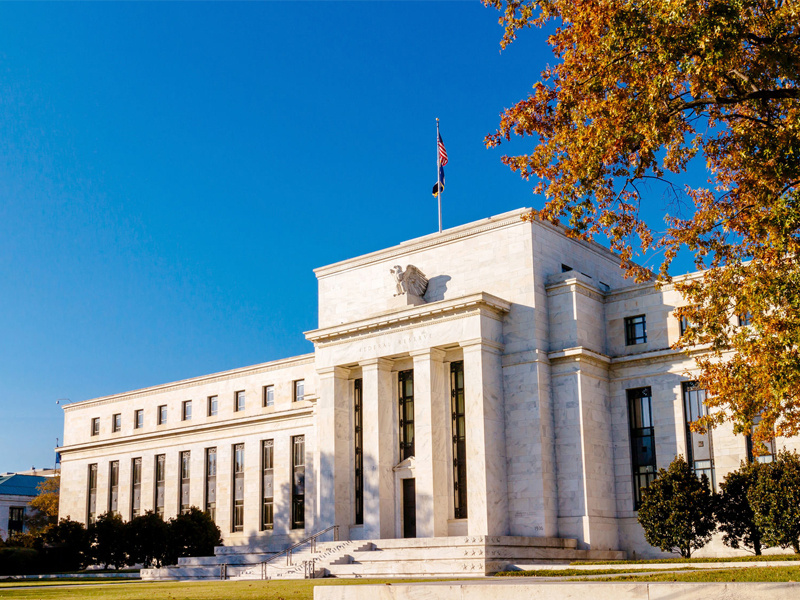
The latest U.S. gross domestic product (GDP) numbers do not mean the country is in a recession, and economic predictions have gotten harder due to pandemic imbalances, advisors heard Monday.
“This year, I believe, we will not have a recession. We are not in one right now,” said Brian Wesbury, chief economist with First Trust Advisors L.P., during a webinar on Aug. 8.
He was referring to the latest numbers from the U.S. commerce department, which reported that the economy shrank 0.9% on an annualized basis in Q2. This followed a 1.6% annual drop from January through March of this year.
But a recession is not two consecutive quarters of declining GDP, Wesbury said at the event. “It is a broad decline in a bunch of different variables and they are not declining — number one being the employment data.”
The U.S. economy added 528,000 jobs in July, easing recession fears.
The Covid-19 lockdowns and re-openings have distorted economic data, Wesbury said. For example, public health measures resulted in restrictions on air travel, sporting events and theatres. This in turn meant that spending on services in the U.S. declined and shifted to goods.
At one point, year-over-year spending on goods was up 40%, Wesbury said, a much larger increase than would have happened (roughly 5% a year) in the absence of a pandemic.
Now some companies that sell goods have high inventory and large retailers are laying off staff.
“We are going to have kind of a storm in economic data as we go back to pre-Covid times,” Wesbury said.
It’s also difficult to predict whether the Fed will continue raising rates.
In July, the Fed raised its benchmark rate by 0.75 points to a range of 2.25% to 2.5%.
“The market is saying they won’t keep this up. I think the market is probably wrong about that but here’s the deal: we have never managed monetary policy like we do today,” Wesbury said of the Fed.
He said he would “not be shocked” if the U.S. key interest rate goes up another 300 to 387.5 basis points.
One reason is the growth in money supply during the pandemic. The Fed’s M2 measure — which accounts for all U.S. money in circulation, including chequing and savings accounts, money market accounts and certificates of deposit — increased 40% in two years, he said.
“I believe that this 40% more money will lead to higher inflation for longer than most people believe,” Wesbury said.
The Fed is in “uncharted” territory in part because the money supply today, relative to the overall economy, is much larger than it was in 2007, Wesbury said.
Wesbury served as chief economist for the Joint Economic Committee of the U.S. Congress in 1995 and 1996.